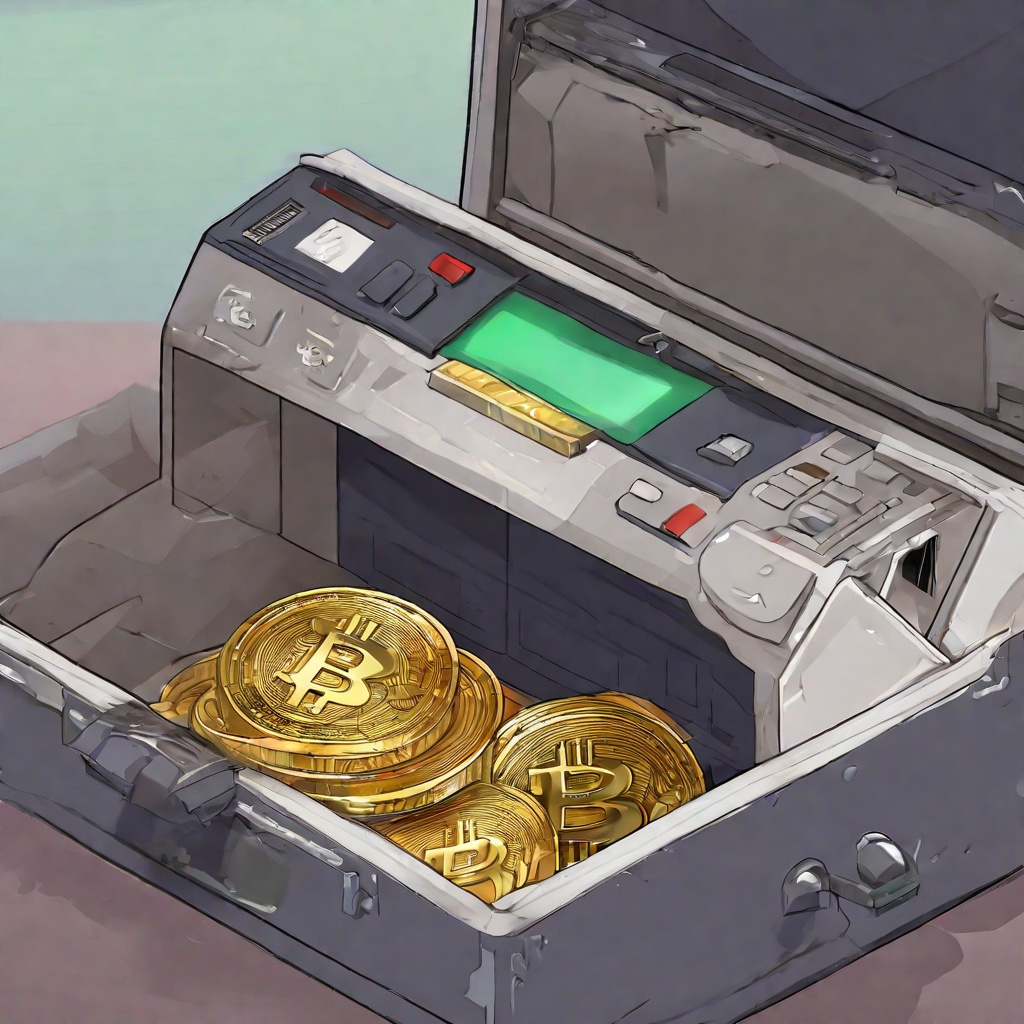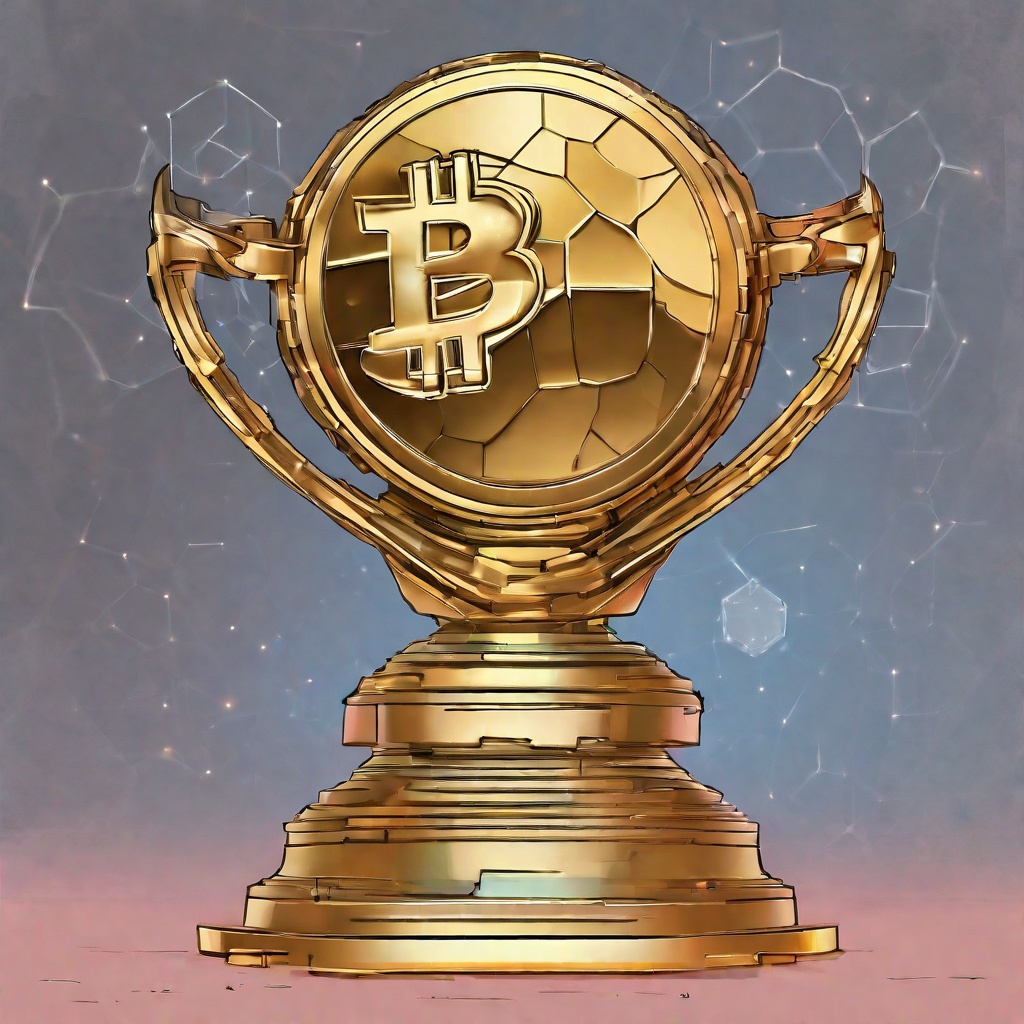What is the circulating supply of free coin?
Inquiring minds want to know: What exactly is the current circulating supply of Free Coin? Understanding the circulating supply is crucial in assessing the value and potential of any cryptocurrency. Could you elaborate on how the supply is determined and how it affects the overall market dynamics of Free Coin? Additionally, is there a limit to the maximum supply, or is it subject to change over time? Your insights would be invaluable in providing a comprehensive overview of the coin's economic model.

Is frax math good?
As a keen observer of the cryptocurrency and finance landscape, I often find myself pondering over the intricacies of various protocols and frameworks. One such question that has recently piqued my interest is: "Is Frax math good?" Frax, as a decentralized stablecoin protocol, relies heavily on mathematical models to maintain its peg to the dollar. But is this math sound? Does it account for all potential market fluctuations and exogenous shocks? The stakes are high in this volatile world of digital currencies, and the slightest error in calculation could lead to significant losses. Therefore, it's crucial to delve deeper into the mathematical underpinnings of Frax and evaluate its robustness. Only then can we truly answer the question: "Is Frax math good?

What to do with a CAKE token?
In the ever-evolving landscape of cryptocurrency, the question often arises: "What to do with a CAKE token?" As an investor or enthusiast, understanding the potential use cases and strategies for this particular token is crucial. CAKE, being a utility token in the PancakeSwap ecosystem, offers various avenues for its holders to leverage their holdings. One can stake CAKE to earn rewards, utilize it for trading fees on PancakeSwap's decentralized exchange, or even explore the possibility of investing in projects that accept CAKE as a payment method. However, with the volatility of cryptocurrencies, it's essential to conduct thorough research and weigh the risks before making any decisions. This begs the question: how do you navigate the options for your CAKE tokens, ensuring both profitability and security?

What is the alternative to AIOZ network?
As a keen observer of the evolving cryptocurrency landscape, I'm curious to know: What viable alternatives exist to the AIOZ network that offer similar functionality and benefits? Given the proliferation of blockchain-based solutions, I'm interested in exploring options that might offer comparable or enhanced decentralization, scalability, and security features. Are there any competitors in the market that have gained significant traction or possess unique features that set them apart from AIOZ? Additionally, I'd like to understand how these alternatives handle issues such as network congestion and transaction fees, as well as their overall approach to data storage and retrieval.

What is the circulating supply of LPT Crypto?
Could you please elaborate on the current circulating supply of LPT Crypto? It's important for investors to understand the availability and liquidity of a particular cryptocurrency. How does the circulating supply of LPT Crypto compare to other similar projects in the market? Does it indicate a healthy level of distribution, or is there a concern of too much or too little supply? Your insights into this matter would greatly assist in making informed decisions regarding LPT Crypto.

